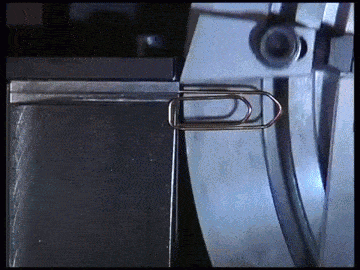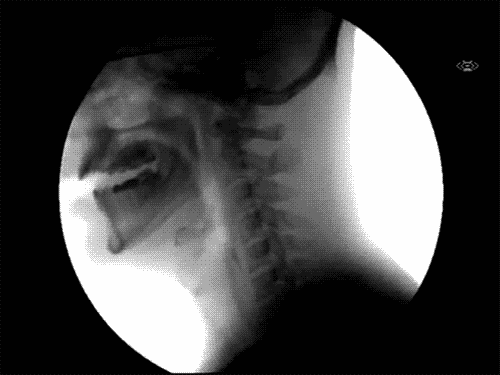8 Cosas Locas Que Definitivamente Te DEBERÍAN Enseñar En La Escuela
¿Nunca te has preguntado cómo fue posible que Michael Jackson lograra ese paso que casi lo lleva a tocar el suelo con el rostro?, ¿o cómo se fabrican ciertas cosas como barquillos de helado, lápices, paletas, tenedores o incluso los vinilos? ¿Cómo se ven ciertos procesos naturales, como el desarrollo de un diente de león, o algo tan sencillo como ver cómo toma agua un perro?
Si eres curioso, aquí te mostramos las razones que hacen posible que ciertas cosas sean como las conocemos.
1. El secreto de Michael Jackson para vencer la gravedad
2. Así se elabora el clip
3. Y así nacen el diente de león
4. Así se ve cuando tu cuerpo recibe líquidos
5. ¿Te habías preguntado cómo se hacen las paletas?

6. ¿Y cómo se llena un frasco de mantequilla de maní?
7. Este es el mecanismo para abrir una puerta
8. El arte del camuflaje

The best way to make long-term-care insurance accessible—and affordable—for more people might be to change what has become gospel in the business: the use of short “elimination periods.”
That’s the thinking in a new article in Financial Planning: “How to Fix LTC Insurance,” by Michael Kitces, director of research at Pinnacle Advisory Group in Columbia, Md. Mr. Kitces notes that long-term-care insurance originally was created to guard against the “high-impact but lower-probability risk of needing long-term care assistance at an advanced age.” In other words, relatively small numbers of people would need long-term care—or so statistics indicated—but those who did would face steep bills. Today, though—thanks to improvements in medicine and a longer life expectancy—the chances of needing long-term care are increasing. (Mr. Kitces says the risk of a person age 60 needing long-term care is estimated at 50%; for a 50-year-old woman, the figure could be as high as 65%.) At the same time, research suggests long-term care might be a “lower-impact event” than most people think. Example: According to research from the American Association of Long-Term Care Insurance, 75% of nursing-home stays last no more than three years. In short, long-term care has turned into a high-probability event with a large number of lower-cost claims, Mr. Kitces says. As such, long-term-care insurance, he adds, “has begun to morph from effective insurance into something that looks more like just prepaying long-term-care expenses in advance—at a high premium rate and with little insurance leverage.” Mr. Kitces’s solution: lengthen—dramatically—the “elimination period.” Approximately 90% of all LTC policies today are sold with a 90-day elimination period. That deductible means the claimant pays for the first 90 days of care out of his or her pocket. The problem: Ninety days doesn’t achieve the intended purpose of a deductible, which is to carve out high-frequency small claims. (In the long-term-care world, Mr. Kitces notes, a year or two is a “small” claim; a large claim might be five years of care or more.) Instead, a policy with a two- or three-year elimination period—and benefits that subsequently cover as much as five or 10 years of care, if needed—would be more effective, Mr. Kitces says. “With an elimination period that high, even the average stay in a nursing home will fall within the deductible period; the actual probability of ever having a material claim against the long-term-care insurance would fall dramatically,” Mr. Kitces says. “That’s good, as it means the cost of coverage could fall significantly, while policies could simultaneously have richer benefits (after the elimination period) and do a better job of insuring against extreme events when they occur.” Mr. Kitces acknowledges that such a change would require consumers and insurers to rethink other parts of the long-term-care equation. For instance, policies with longer elimination periods, he says, may need additional financial underwriting or “some other process that will reduce the risk that consumers might buy untenably long elimination periods.”










Comentarios
Publicar un comentario